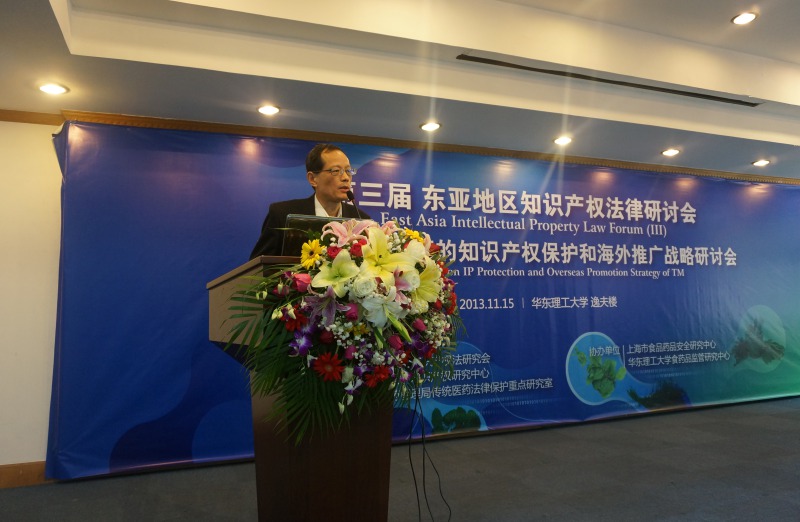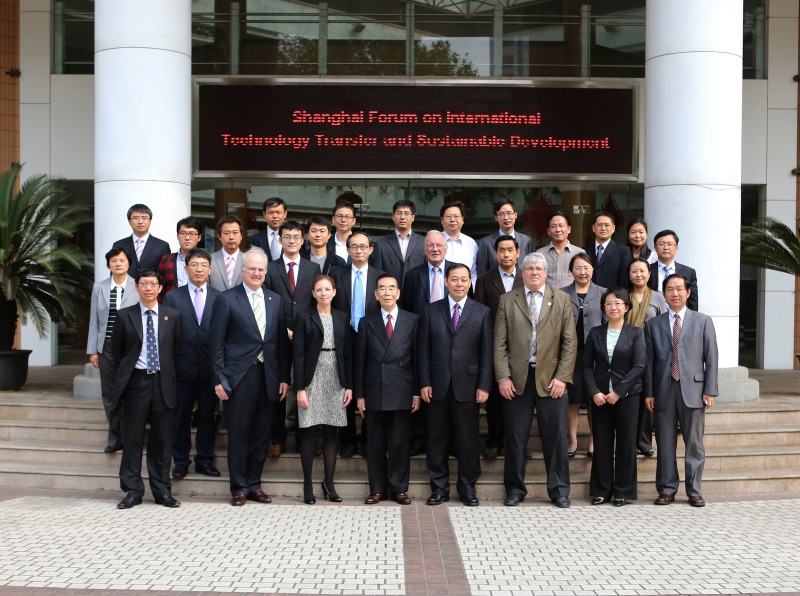Scientists Reveal New Potential Therapeutic Targets in Triple Negative Breast Cancer Treatment
Triple negative breast cancer (TNBC) is one of the breast cancer subtypes with high degree of malignancy. Compared with other breast cancer subtypes, TNBC has the characteristics of high metastasis rate, high proportion of cell proliferation, and poor prognosis. Currently, there aren’t any specific targeted drugs for treatment of TNBC.
The research group led by Prof. JIAO Baowei from Kunming Institute of Zoology, Chinese Academy of sciences performed bioinformatics analysis to reveal that TNBC displays a unique AS (Alternative Splicing) pattern in comparison with other breast cancer subtypes. This special splicing pattern and its regulatory factors may serve as potential targets for the treatment of TNBC. Further analysis found that TDP43, one of the splicing factors, which is highly expressed in TNBC, acts as a major splicing regulator of TNBC’s unique AS profile. Knockdown of TDP43 in TNBC cell lines inhibits cell proliferation, cell metastasis and invasion. Whereas, overexpressed TDP43 in immortalized breast epithelial cells promotes cell proliferation and malignancy.
These data reveal that TDP43 is necessary for TNBC progression. Furthermore, subsequent high throughput sequencing and functional assays demonstrate that TDP43 regulates AS in coordination with SRSF3, another splicing factor. The TDP43/SRSF3 complex controls specific splicing events, including downstream genes PAR3 and NUMB. The effect of reduced metastasis and proliferation upon the knockdown of TDP43 or SRSF3 is mediated by the splicing regulation of PAR3 and NUMB exon 12, respectively. Therefore, the TDP43/SRSF3 complex and downstream PAR3 isoform are potential therapeutic targets for TNBC.
This research is published online in Proceedings of the National Academy of Sciences (PNAS) (link: http://www.pnas.org/content/early/2018/03/21/1714573115)
This work was supported by the Strategic Priority Research Program of the Chinese Academy of Sciences [No. XDB13030400], National Key Research and Development Program of China [No. 2016YFA0100900], National Science Foundation of China [No. 31371502], and Open Project from the State Key Laboratory of Genetic Resources and Evolution [No. GREKF14-05].
Source: Kunming Institute of Zoology, Chinese Academy of sciences
Time: 2018.3.31
next:Plant Receptor Kinases Activate Heterotrimeric G Protein in Novel Way


